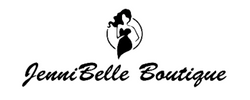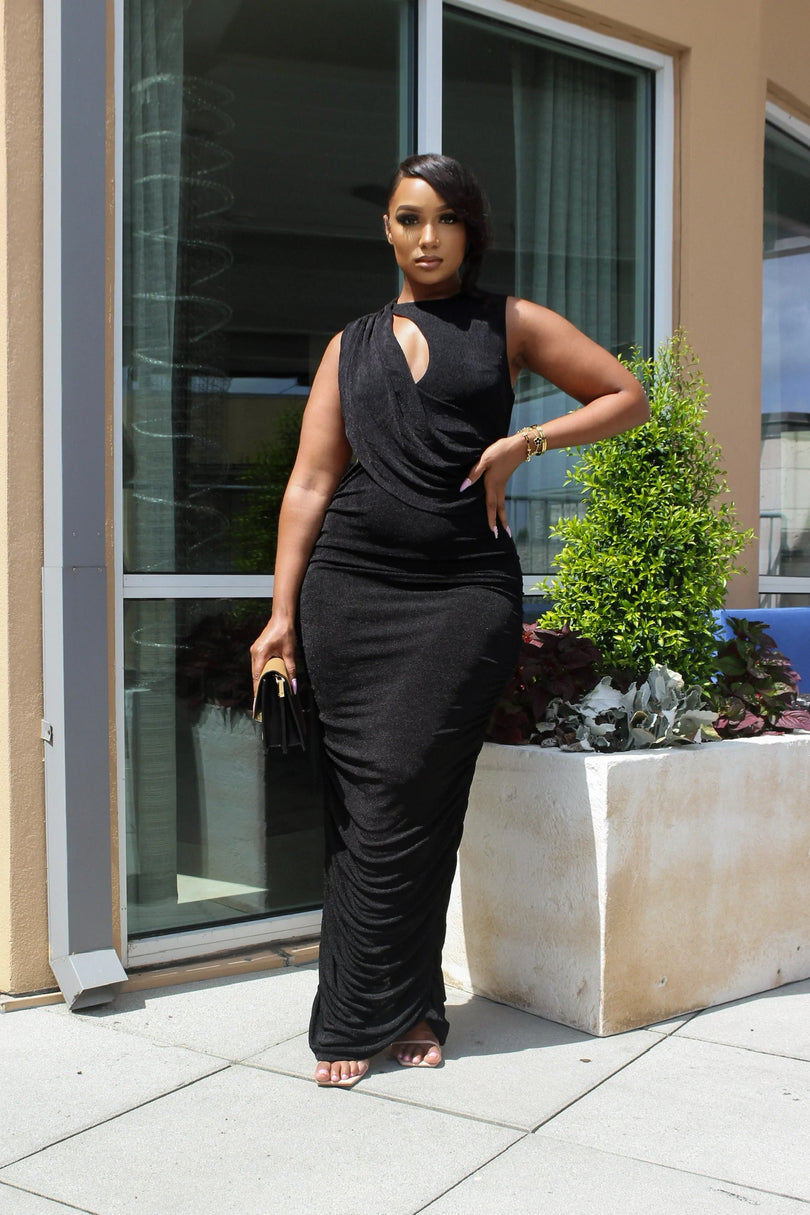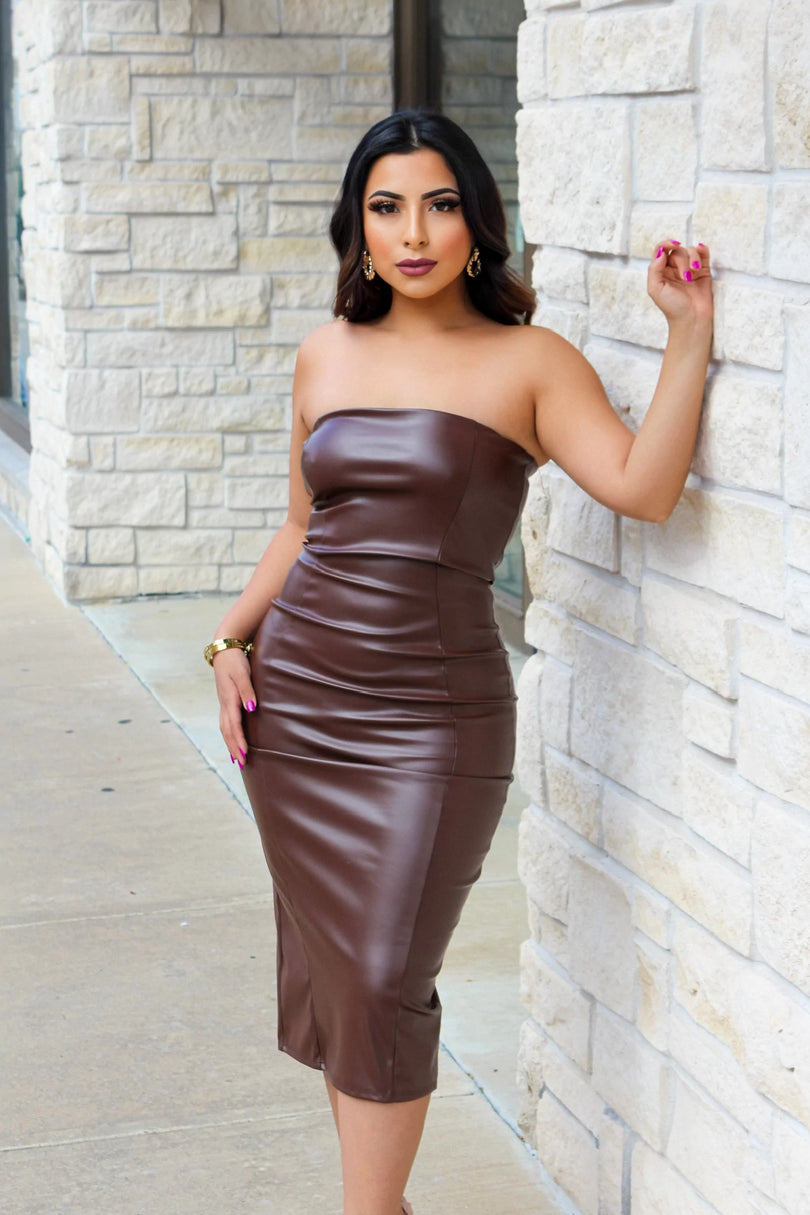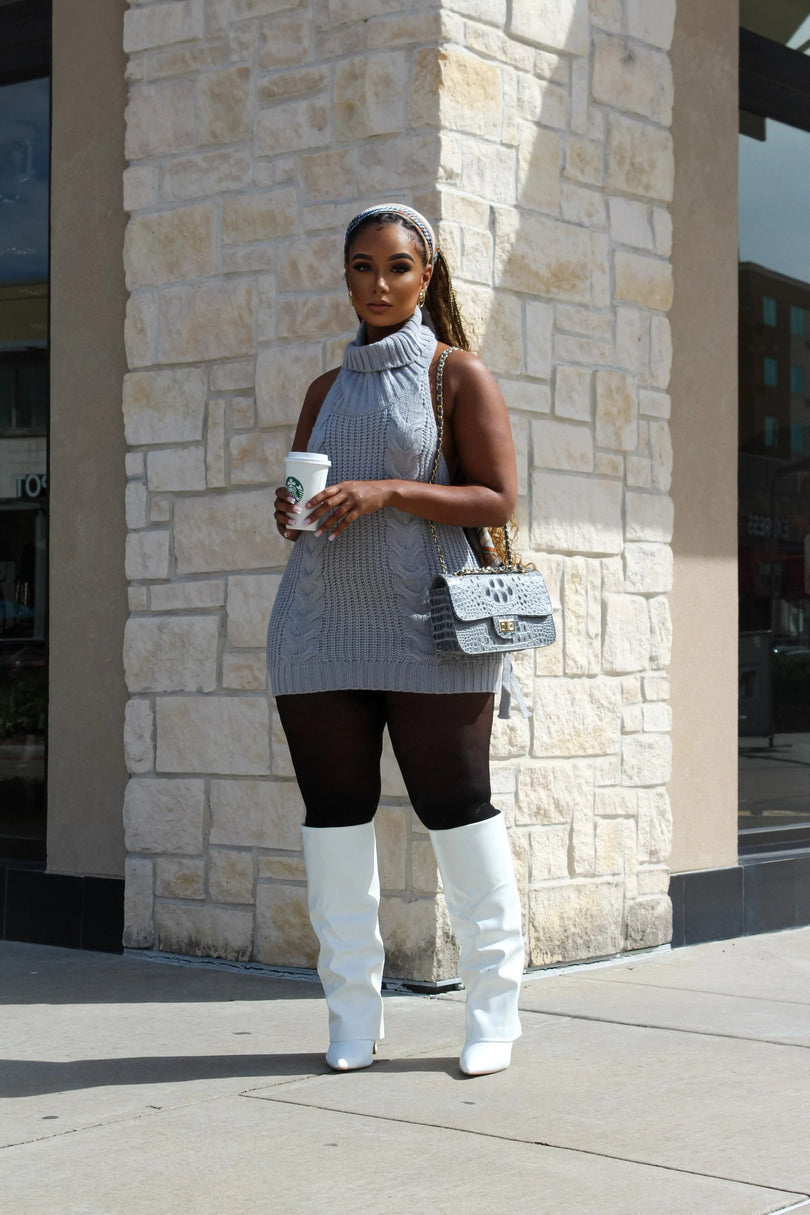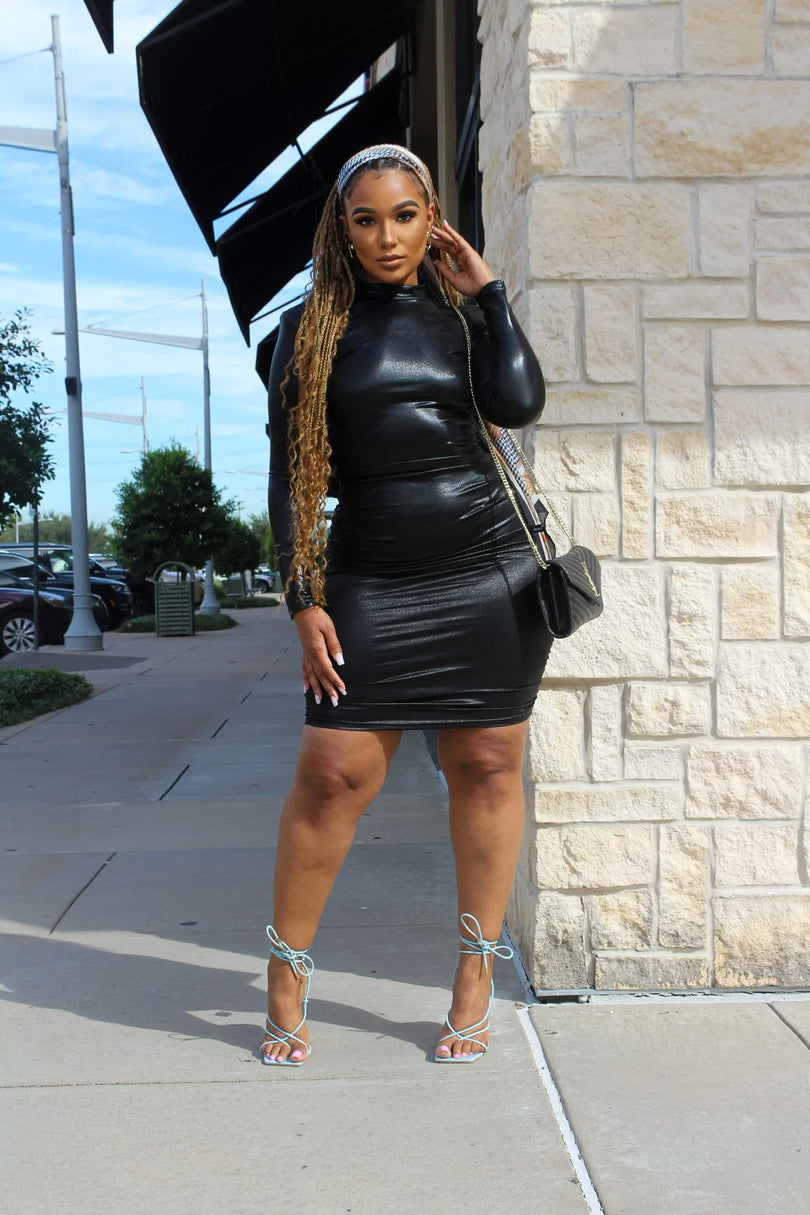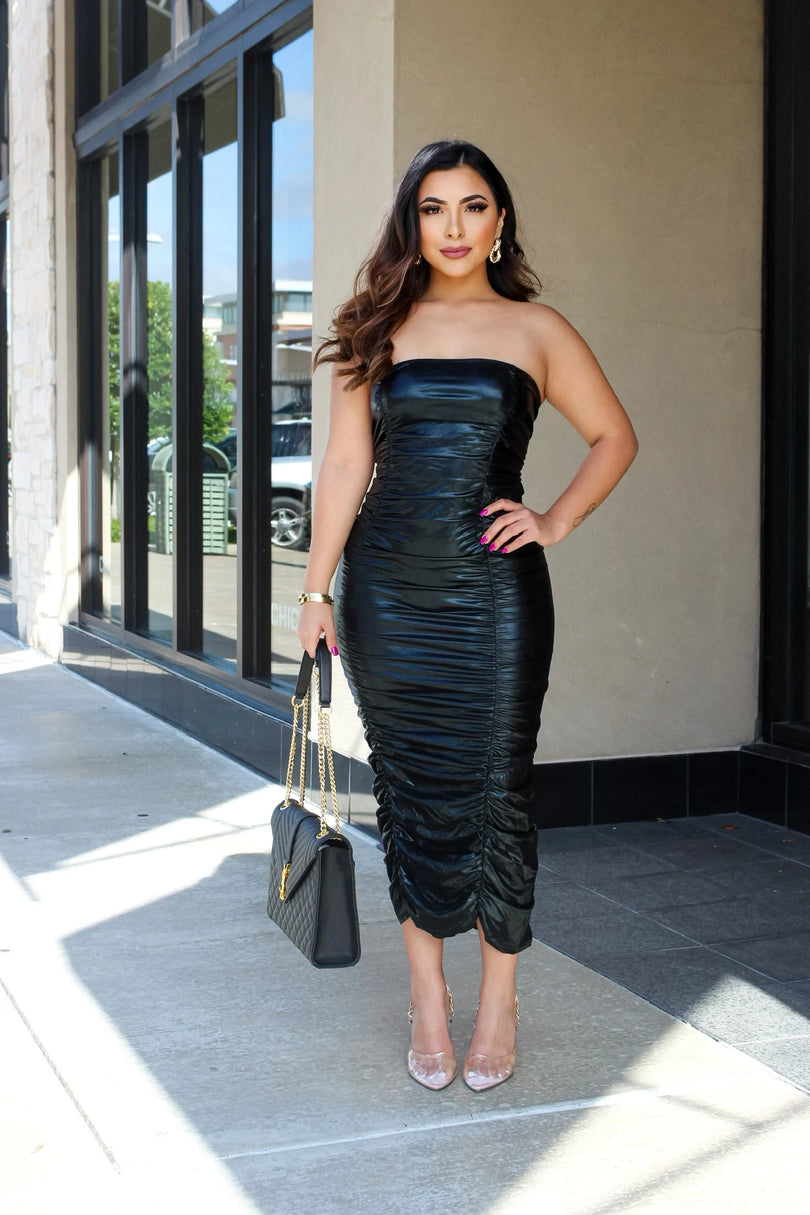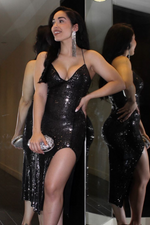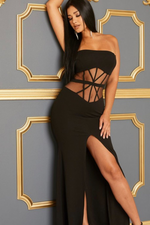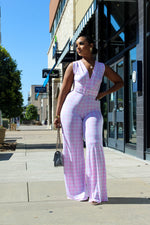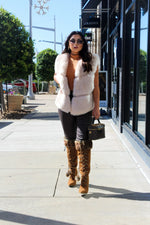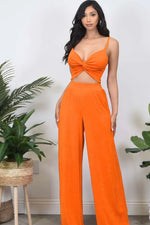For a very long time, the worlds of music and fashion have been intertwined, creating a symbiotic relationship that influences trends, pushes the bounds of creativity, and breaks them. Since the beginning of rock 'n' roll, music and fashion have been intertwined, from Elvis Presley's jumpsuits to Madonna's cone bras. Musicians have long used fashion as an extension of their musical expression, and the two have influenced each other in countless ways throughout history.

This article explores the complex relationship between fashion and music, examining how the blending of these art forms results in a pleasing fusion of individual expression and cultural influence. We discover the fascinating world where fashion fusion and sonic style collide, from the runway to the stage, from iconic collaborations to the emergence of one-of-a-kind looks.
Historical Background:
A dynamic tapestry of cultural expression has been woven throughout history by the interplay between fashion and music. The relationship between fashion and music has always been undeniable, from the psychedelic style of the 1960s, which was influenced by the vibrant sounds of the counterculture movement, to the punk subculture of the 1970s, which challenged social mores by wearing edgy clothing. In addition to influencing personal style, this fusion of creative forces has shaped entire eras, reflecting the social and political climate of the time.

Influence of Music on Fashion:
Music has a profound influence on fashion, acting as a catalyst for change and a reflection of cultural movements. Different genres have spawned unique styles that influence current fashion trends. Music has the ability to inspire audiences' sense of style, as seen in David Bowie's flamboyant glam rock attire and the grunge-inspired flannel shirts worn by bands like Nirvana. Festivals like Coachella and Glastonbury have evolved into examples of the fusion of music and fashion, where bohemian and eclectic fashions coexist in a celebration of creativity. Let us talk about a few genres and how they have influenced fashion.
The Evolution of Rock and Roll Fashion
Rock and roll has always been linked to style. Rock and roll fashion has always been a part of the genre itself, from the drape jackets and creepers worn by the Teddy Boys in the 1950s to the punk fashion movement in the 1980s. The Beatles had a big influence on fashion in the early 1960s; their distinctive suits and mop-top haircuts became recognizable symbols of a new wave of youth culture. The Rolling Stones did the same, and a new generation of rock and roll fans were greatly influenced by Mick Jagger's distinctive sense of style.

Fashion and music started to converge more and more in the 1970s with the rise of glam rock. Platform shoes, glitter, and glam makeup became staples of bands like David Bowie and Queen's signature looks as they embraced androgynous fashion. As punk rock gained popularity in the late 1970s, safety pins, leather, and Mohawks all came to represent rebellion against the status quo in fashion.
The Influence of Hip Hop on Fashion
Hip hop's emergence in the late 1970s had a significant influence on both music and fashion. The urban culture of New York City, which was reflected in the current trends in clothing, gave rise to the genre. Hip hop artists adopted a uniform of baggy jeans, oversized clothing, and flashy jewelry, with companies like Adidas and Nike emerging as key players in the fashion scene.

Over time, hip hop fashion changed, and performers like Run DMC and LL Cool J helped to make the trend of donning Adidas tracksuits and chunky sneakers popular. Hip hop fashion increased in ostentation in the 1990s, with plush fur coats, designer labels, and oversized logos becoming popular elements of the look.
Fashion and Pop Music
Since the 1950s, when pop music first began to gain popularity, the two have also been entwined. Fashion trends have been greatly influenced by pop stars like Michael Jackson, Madonna, and Elvis Presley. Madonna's eclectic sense of style became a defining feature of the 1980s, with her cone bras, lace gloves, and punk rock accessories coming to represent the decade.

The popularity of boy bands and girl groups in the late 1990s and early 2000s increased the prominence of fashion in popular music. Style-setting ensembles worn by groups like the Spice Girls and Backstreet Boys quickly became recognizable in popular culture.
Collaborations and Crossovers:
Some of the most enduring moments in both industries were created through the collaboration of musicians and fashion designers. As a result of these artistic collaborations, distinctive collections, runway shows, and music videos are produced. Infusing their clothes with a sense of sonic style, designers are inspired by legendary musicians, and musicians serve as brand ambassadors for clothing companies, contributing their artistic vision to the design process. The fashion and music industries are advanced by this partnership's harmonious synergy.

Current Trends and Future Outlook:
No signs of a slowing down are present in the relationship between music and fashion. From Lady Gaga's meat dress to Billie Eilish's oversized attire, artists have continued to use fashion as a means of expressing themselves through music in recent years. With social media influencers and fashion bloggers further blurring the lines between music and fashion, technology and social media have made it easier for artists to share their fashion choices with fans around the world.

Because of social media and online platforms, the relationship between fashion and music has grown to unprecedented heights in the modern era. Artists and fashion companies can interact with their audience directly, igniting trends and encouraging creative discourse. In addition to revolutionizing how we consume music, the rise of music streaming services has also changed how fashion is discovered and promoted. Fashion fusion and sonic style can now be combined in innovative and immersive ways thanks to the widespread use of virtual fashion shows and musical performances.
Conclusion:
The interaction between fashion and music is a powerful force that sparks imagination and molds cultural narratives. The seamless fusion of fashion and music has produced original looks, ground-breaking partnerships, and moments of cultural significance everywhere from the streets to the runways, the clubs to the concert halls. As the beat continues, the blending of fashion and music inspires and shapes how we express ourselves, creating a symphony of style and sound that crosses generational boundaries. When fashion fusion and sonic style come together in harmony, it is a testament to the strength of creativity and the seemingly endless possibilities that result.
